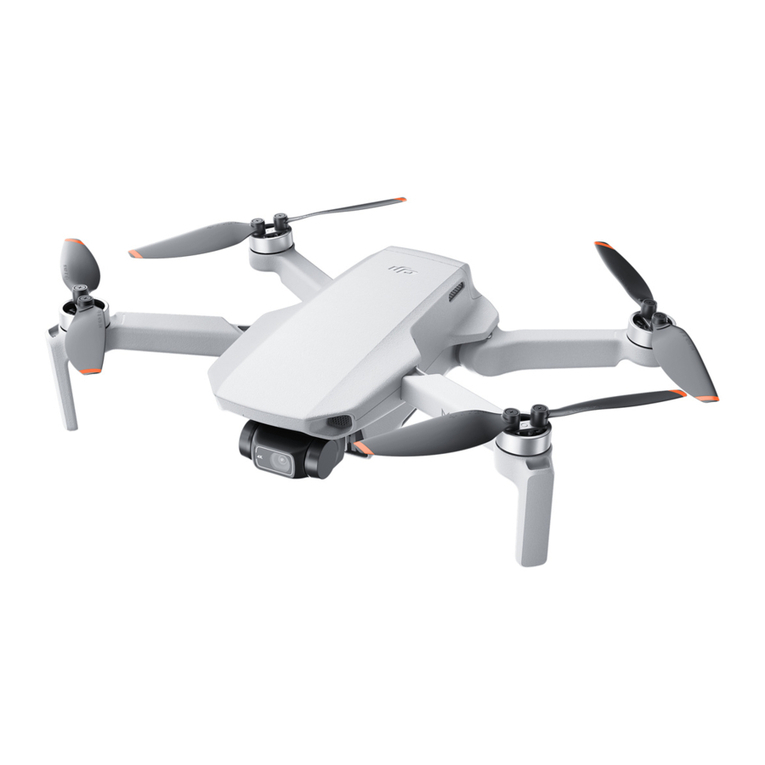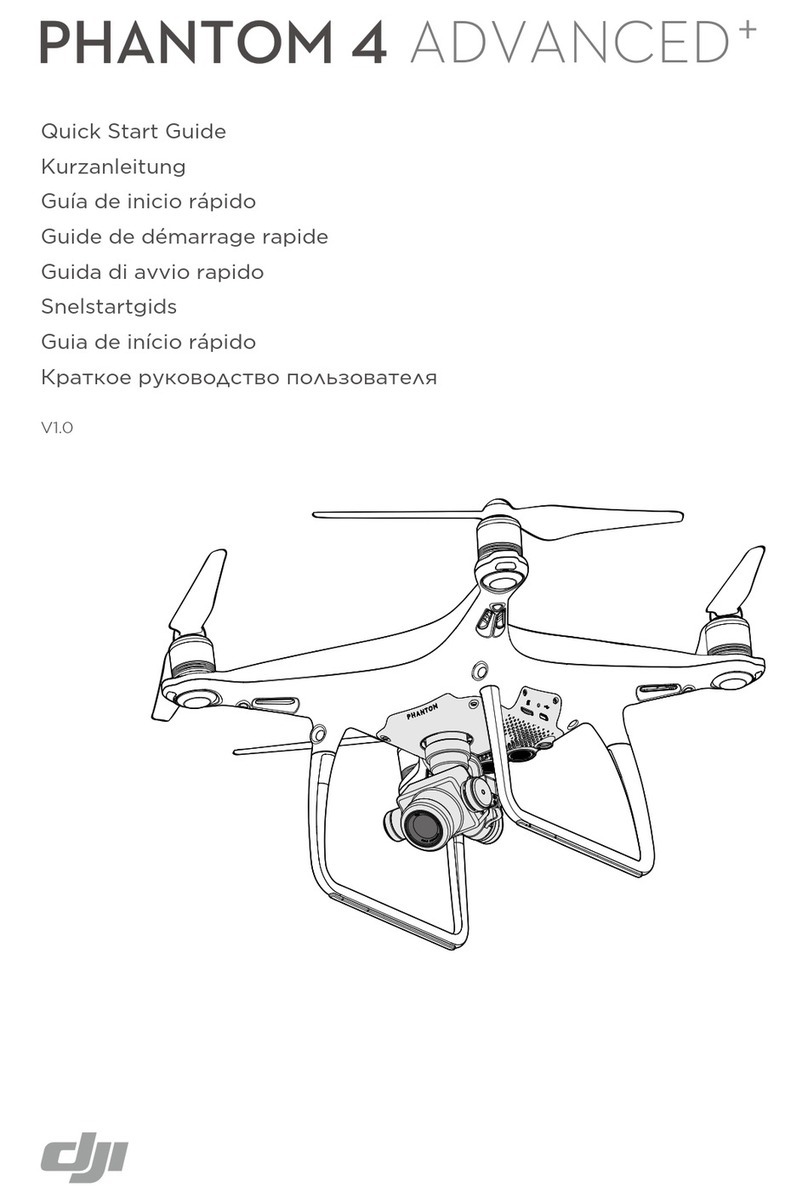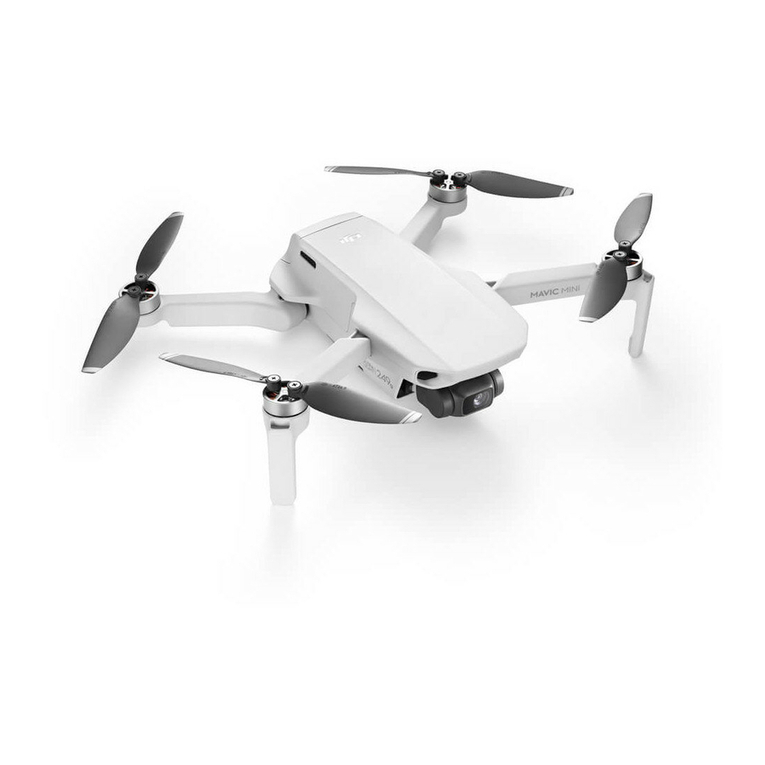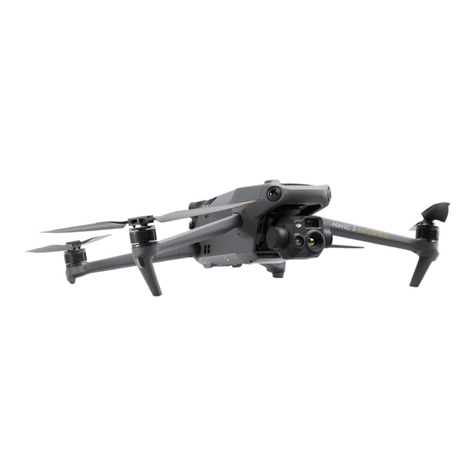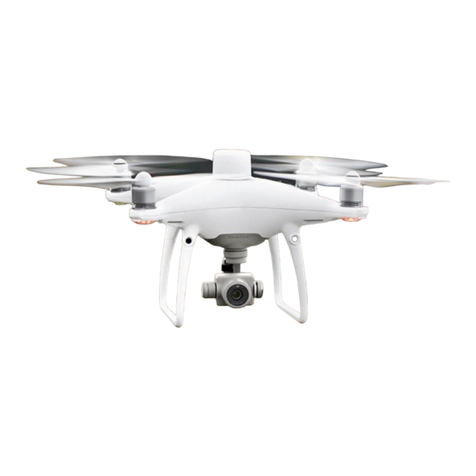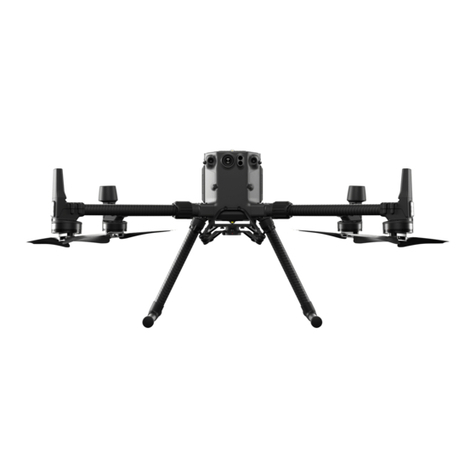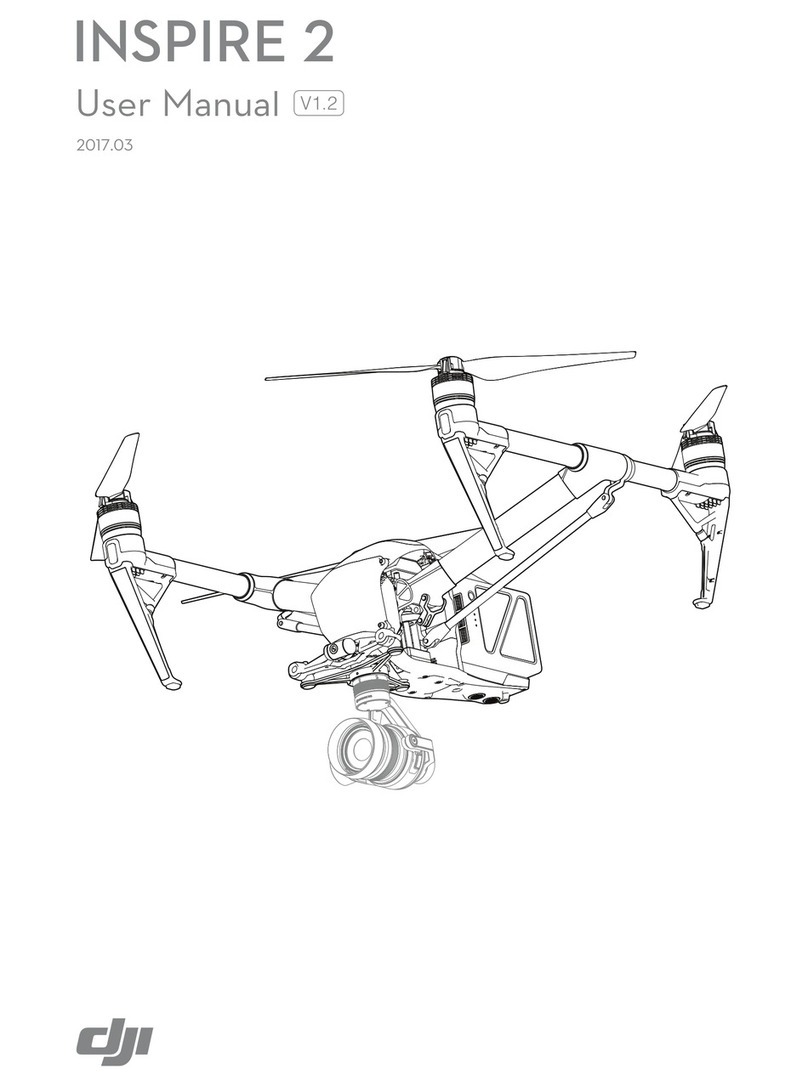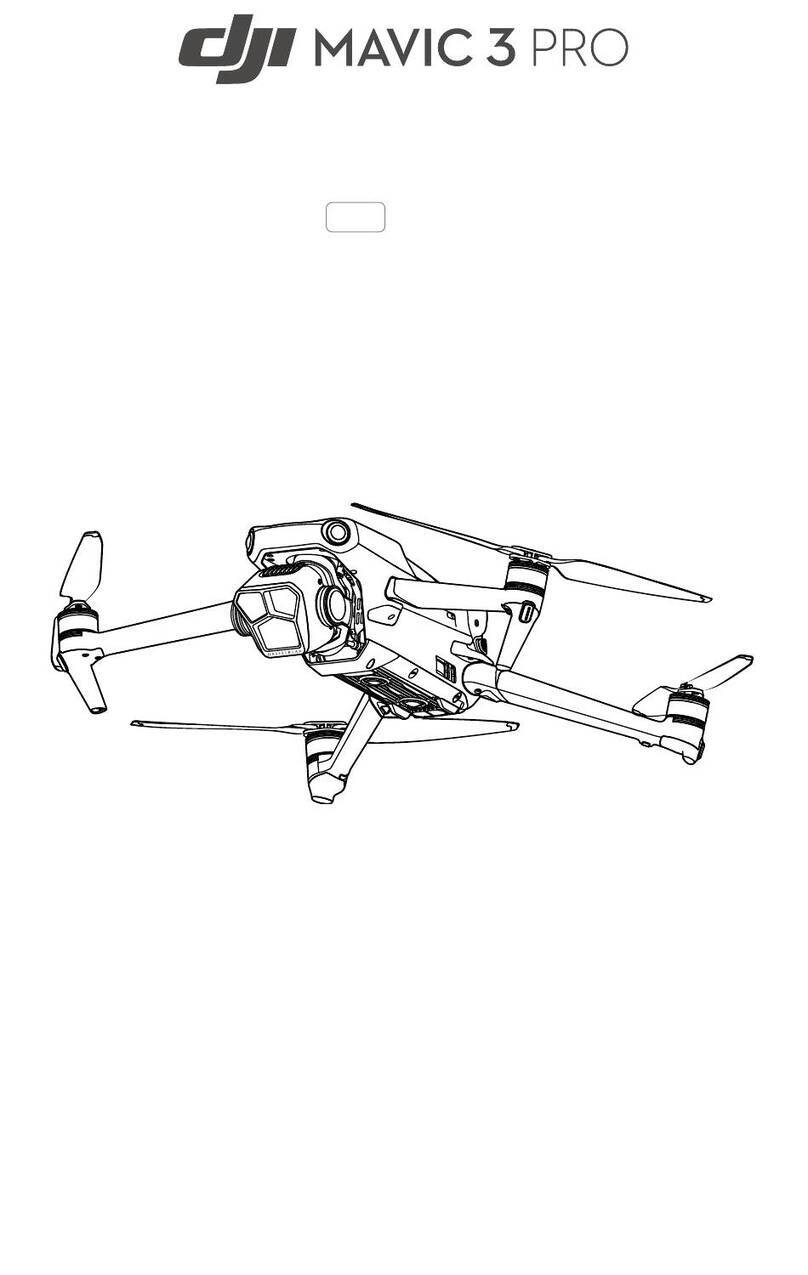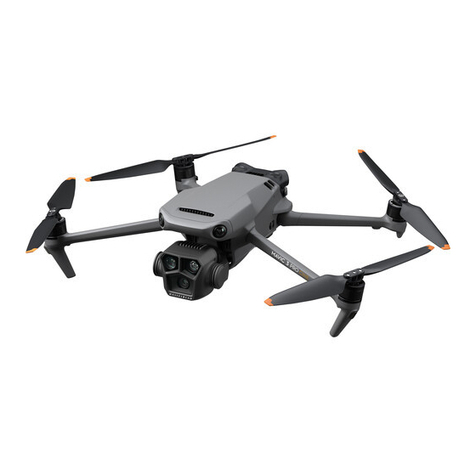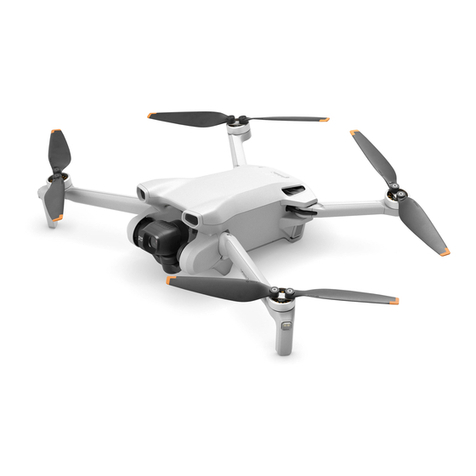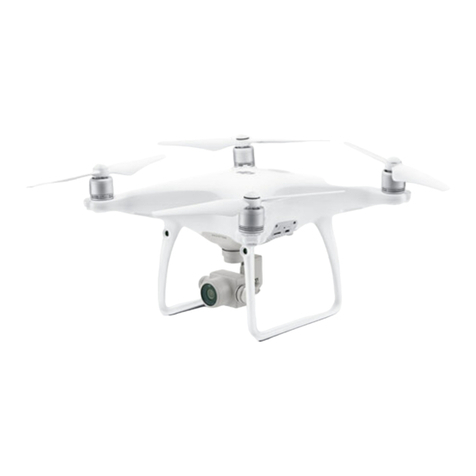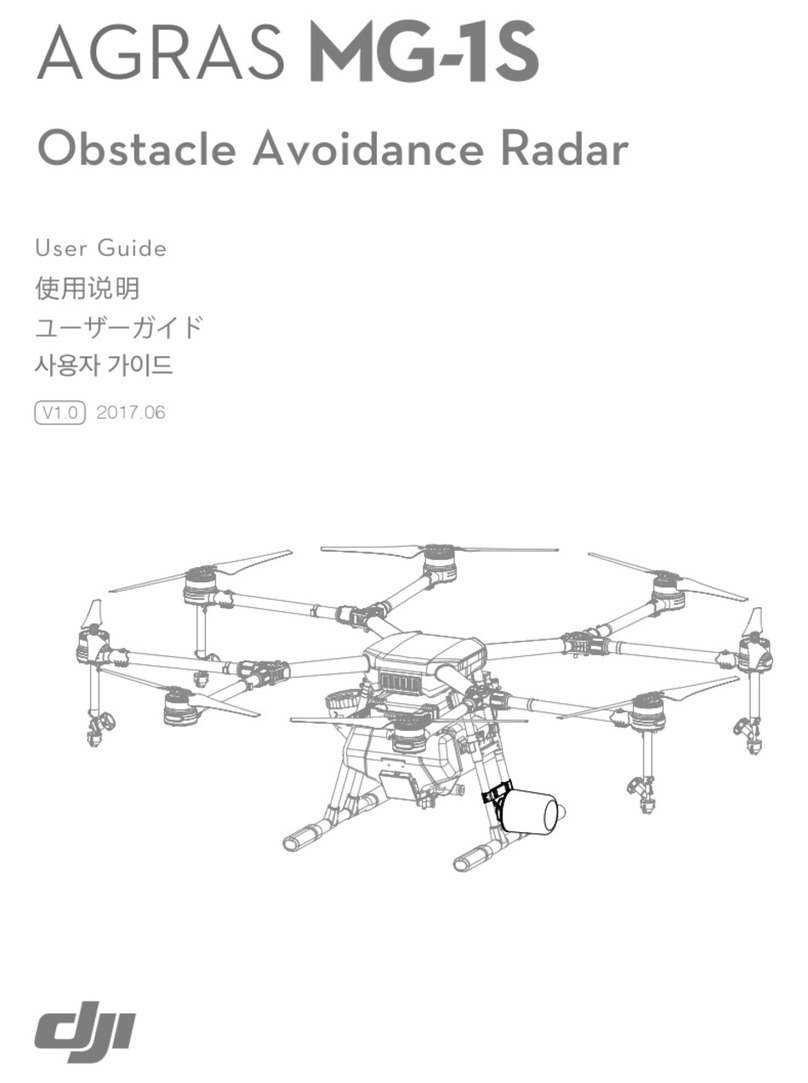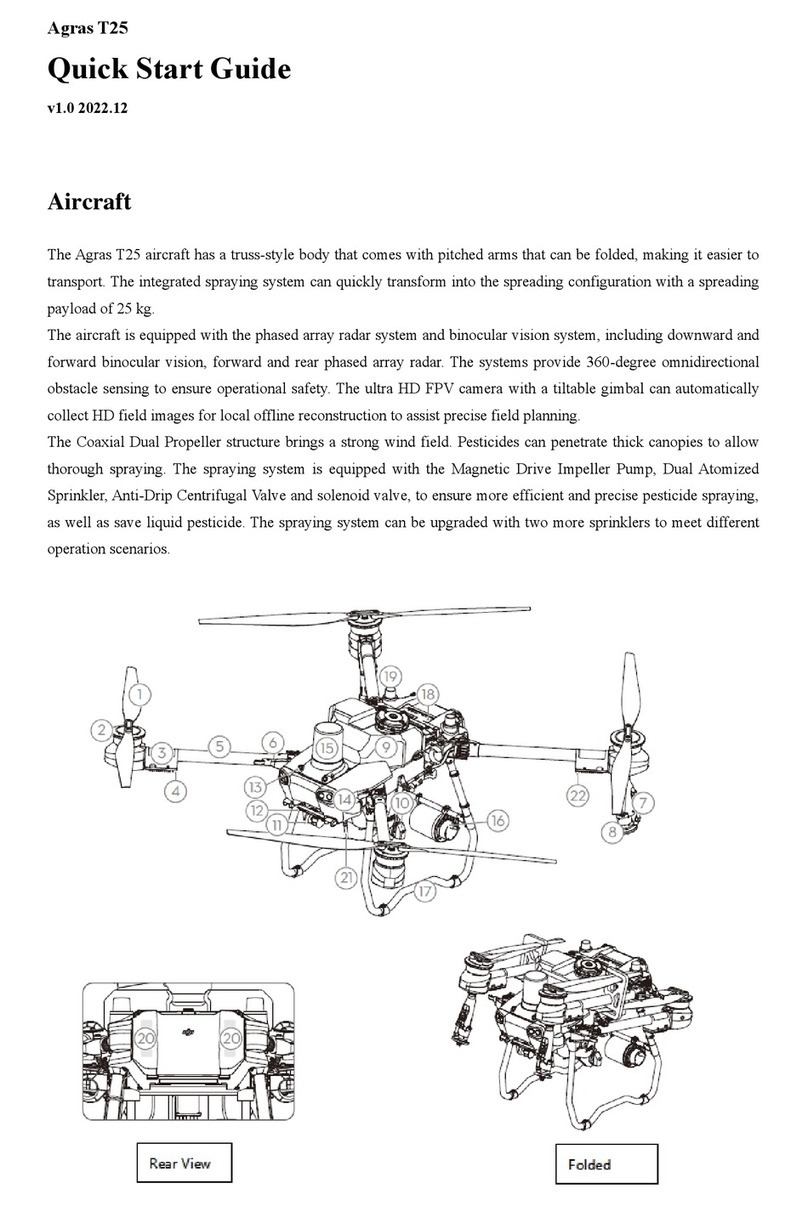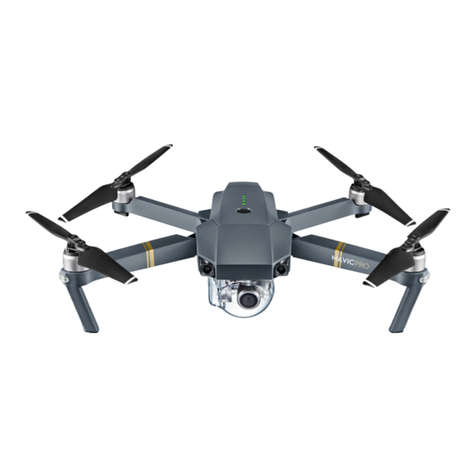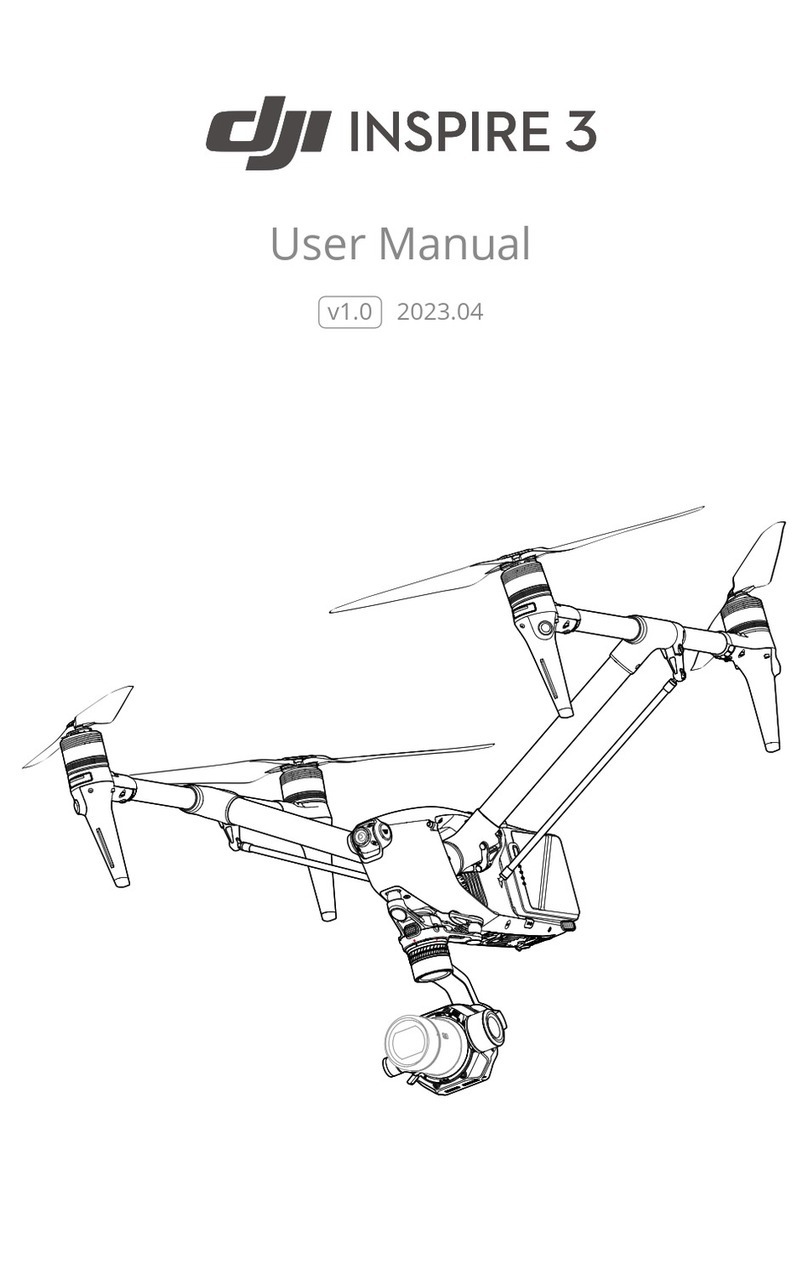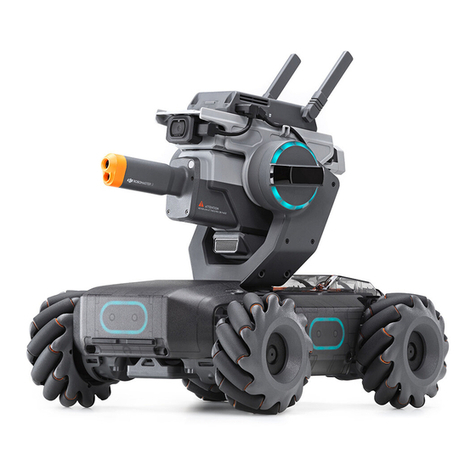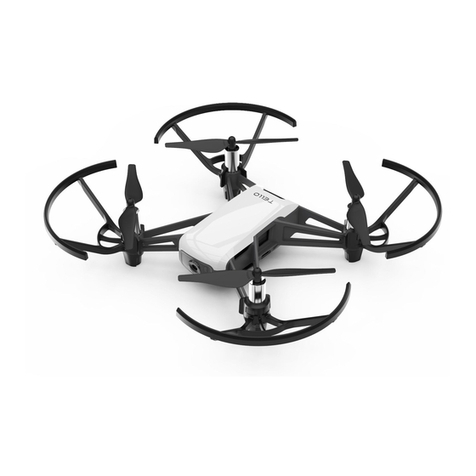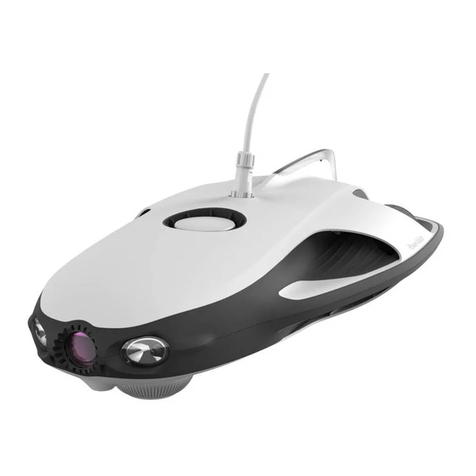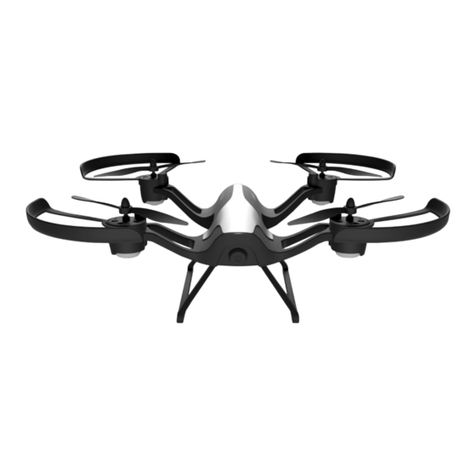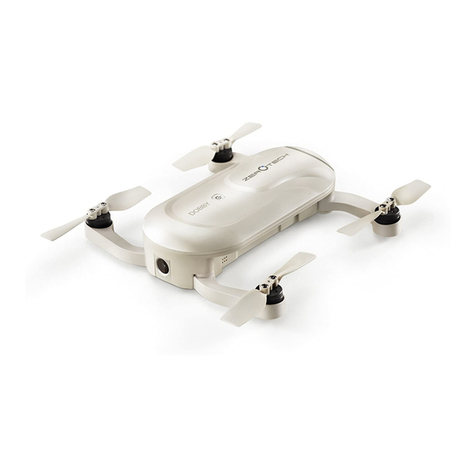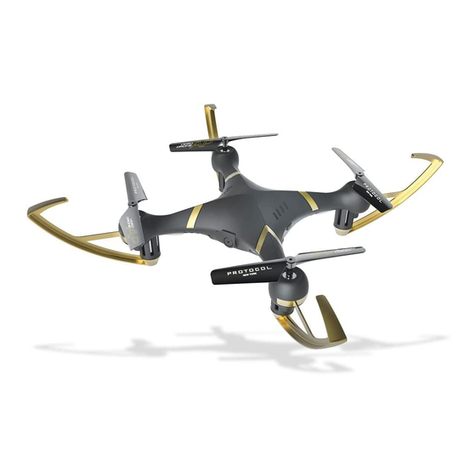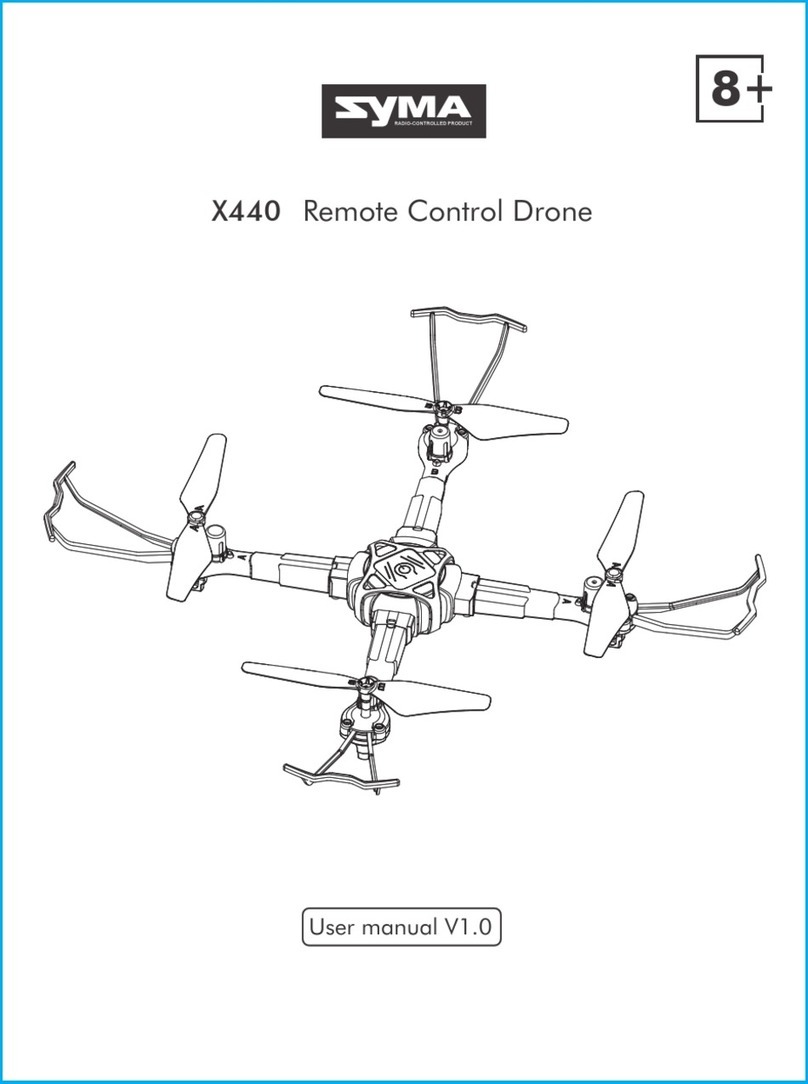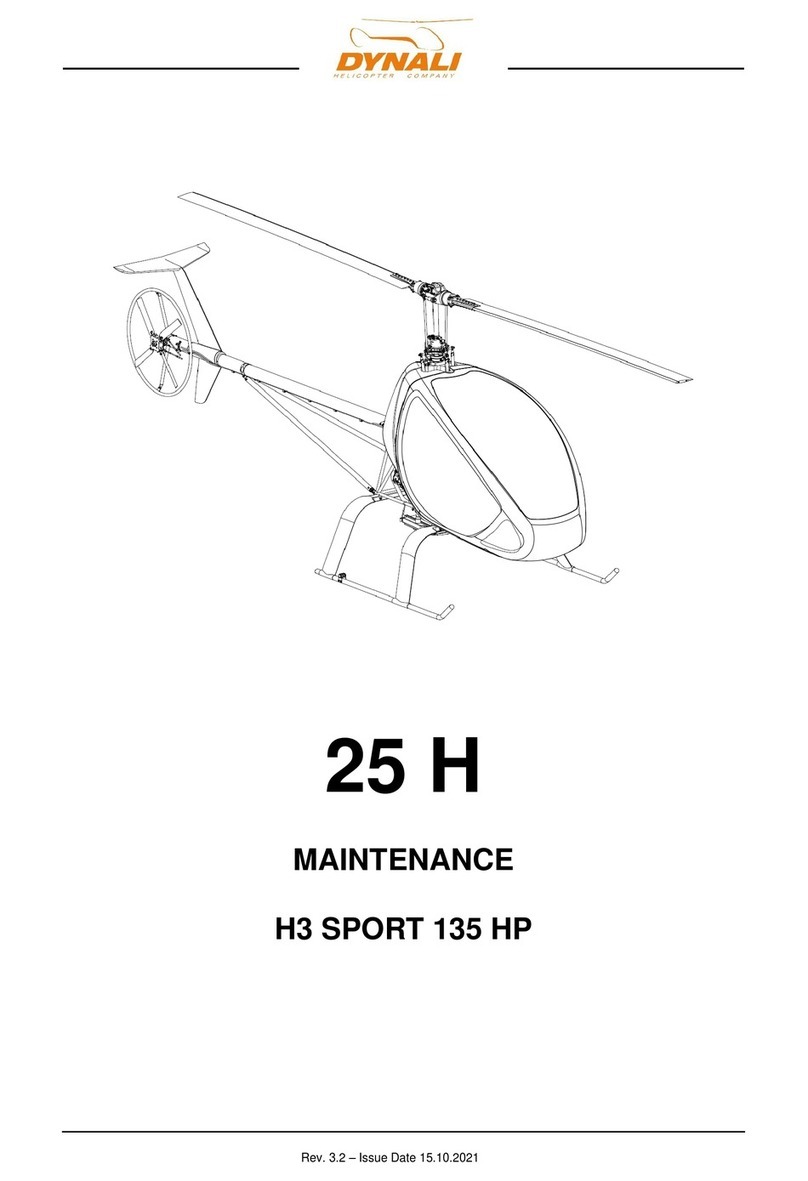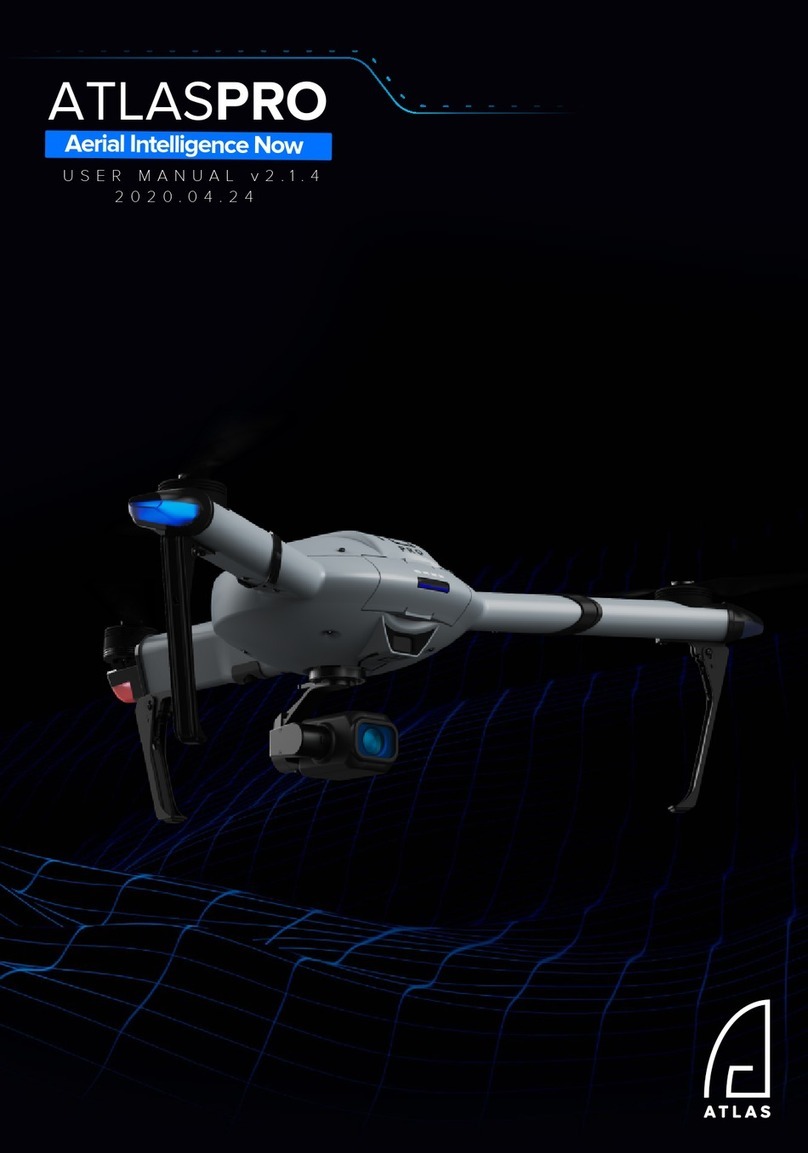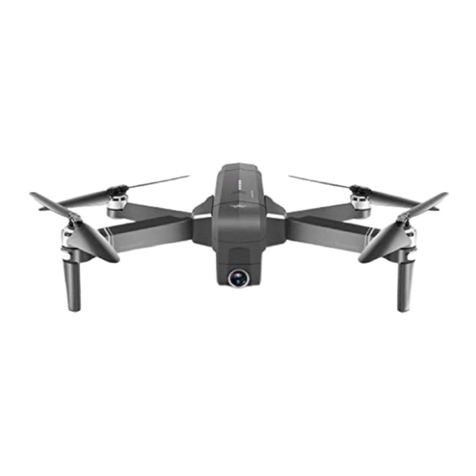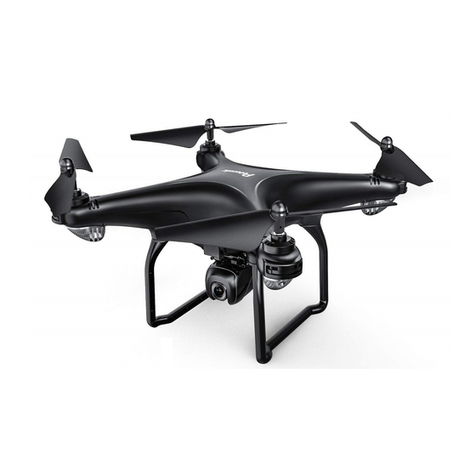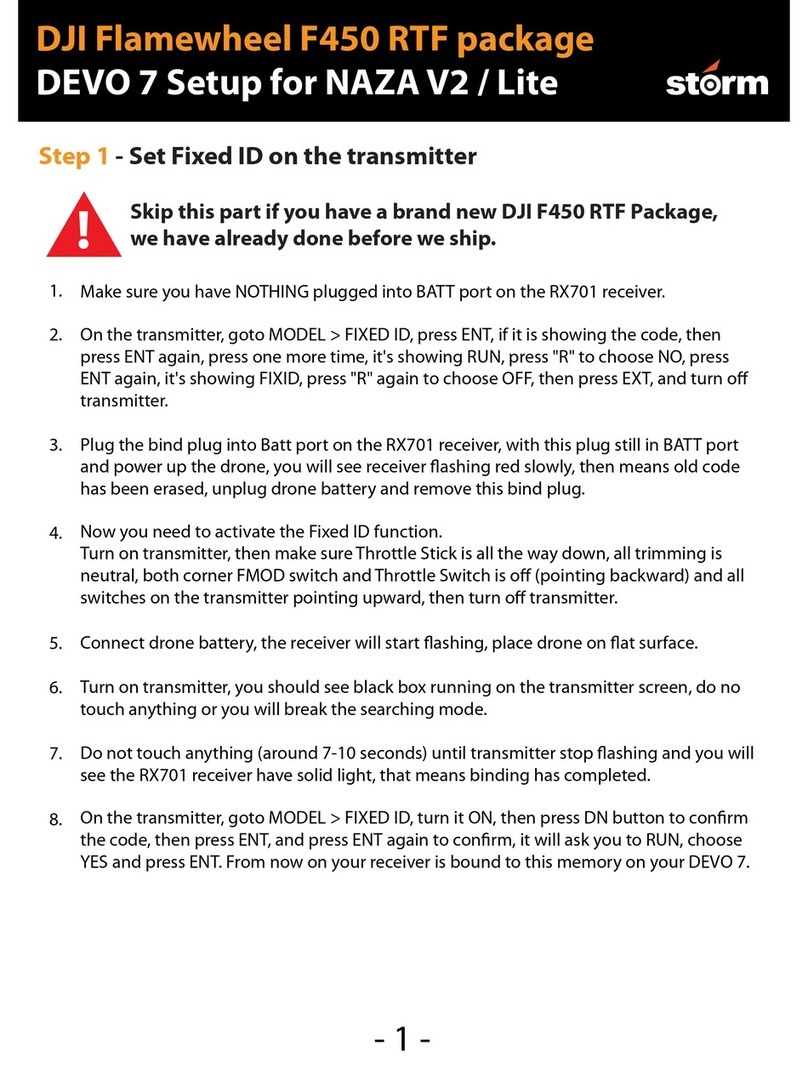
8
Specifications
Aircraft (M210 V2 / M210 RTK V2)
Dimensions M210V2:Unfolded,propellersandlandinggearsincluded,883×886×398mm
Folded,propellersandlanding gears excluded, 722×282×242 mm
M210RTKV2:Unfolded,propellersandlandinggearsincluded,883×886×427mm
Folded, propellers andlanding gearsexcluded, 722×282×242mm
DiagonalWheelbase 643mm
MaxTakeoffWeight 6.14kg
OperatingFrequency 2.4000-2.4835 GHz; 5.725-5.850GHz
HoveringAccuracy(P-modewith GPS) Vertical: ±1.64 feet (0.5 m)or ±0.33 feet (0.1 m, Downward Vision System enabled)
Horizontal: ±4.92 feet (1.5 m) or ±0.98 feet (0.3 m, Downward Vision System enabled)
HoveringAccuracy(D-RTK) Vertical: ±0.33 feet (0.1 m); Horizontal: ±0.33 feet (0.1 m)
MaxAngularVelocity Pitch: 300°/s, Yaw:150°/s
Max Pitch Angle (Dual Downward Gimbal/Single Upward Gimbal) S-mode: 30°, P-mode A-mode: 25°
Max Pitch Angle(SingleDownwardGimbal) S-mode:35°;P-mode:30°(ForwardVisionSystemenabled:25°);A-mode:30°
MaxAscentSpeed 16.4 ft/s (5m/s)
MaxDescent Speed(vertical) 9.8 ft/s (3m/s)
MaxSpeed(DualDownwardGimbal/SingleUpwardGimbal) S-mode: 75.6kph(47mph);P-mode/A-mode:61.2kph(38mph)
MaxSpeed(SingleDownwardGimbal) S-mode/A-mode:82.8kph(51.4mph);P-mode:61.2kph(38mph)
MaxServiceCeilingAboveSeaLevel 9842 feet (3000m, with 1760Spropellers)
MaxWindResistance 39.4 ft/s (12m/s)
MaxFlightTime(withTB55batteries) M210 V2: 38 min (no payload), 24 min (takeoff weight: 6.14 kg)
M210RTKV2:32min(nopayload),24min (takeoffweight:6.14 kg)
SupportedDJIGimbals ZenmuseX4S/X5S/X7/XT/XT2/Z30
SupportedGimbalConfigurations Single Downward Gimbal, Dual DownwardGimbals, Single Upward Gimbal
IngressProtectionRating IP43
GNSS M210 V2: GPS+GLONASS; M210 RTK V2: GPS+GLONASS+BeiDou+Galileo
OperatingTemperature -4°to 122°F (-20°to 50°C)
OperatingFrequency 2.4000-2.4835 GHz; 5.725-5.850GHz
Remote Controller (GL900A)
Max Transmitting Distance
(unobstructed, free of interference) FCC: 5 mi (8 km); CE/MIC: 3.1mi (5 km); SRRC: 3.1 mi (5 km)
PowerSupply Extended Intelligent Battery (Model: WB37-4920mAh-7.6V)
OutputPower 13W (Without supplying power tomonitor)
USBPowerSupply iOS: 1 A 5.2 V (max); Android: 1.5A 5.2 V (max)
CrystalSkyMonitor DJI CrystalSky 7.85inch, Resolution:2048×1536;
Brightness: 2000 cd/m2; Operating System: Android 5.1; Storage: ROM 64GB
OperatingTemperature -4°to 122°F (-20°to 50°C)
Downward Vision System
VelocityRange <32.8 ft/s (10 m/s) at theheight of 6.56feet (2m)
AltitudeRange <32.8feet(10m)
OperatingRange <32.8feet(10m)
OperatingEnvironment Surfaces with clear patterns and adequatelighting (>15 lux)
UltrasonicSensorOperatingRange 0.33-16.4 feet (0.1-5m)
UltrasonicSensorOperatingEnvironment Non-absorbing material, rigid surfaces (thickindoor carpeting willadverselyaffect performance)
Forward Vision System
ObstacleSensingRange 2.3-98.4 feet (0.7-30m)
FOV Horizontal: 60°; Vertical:54°
OperatingEnvironment Surfaces with clear patterns and adequatelighting (> 15lux)
Upward Infrared Sensing System
ObstacleSensingRange 0-16.4 feet (0-5m)
FOV ±5°
OperatingEnvironment Large, diffuse, and reflective obstacles (reflectivity >10%)
Intelligent Flight Battery (TB55-7660mAh-22.8V)
Capacity 7660mAh
Voltage 22.8 V
BatteryType LiPo 6S
Energy 174.6Wh
Net Weight(SingleOne) Approx. 885g
OperatingTemperature -4°to 122°F (-20°to 50°C)
ChargingTemperature 41°to 104°F (5°to 40°C)
MaxChargingPower 180W
Charger (Model: IN2C180)
Voltage 26.1V
RatedPower 180W
Charging Hub (Model: IN2CH)
InputVoltage 26.1 V
InputCurrent 6.9 A
Download the latest version from
http://www.dji.com/matrice-200-series-v2
※ This content is subject to change without prior notice.
DJI incorporates HDMITM technology.
The terms HDMI and HDMI High-Definition Multimedia Interface, and the
HDMI Logo are trademarks or registered trademarks of HDMI Licensing
LLC in the United States and other countries.
MATRICE and DJI are trademarks of DJI.
Copyright © 2018 DJI All Rights Reserved.
Printed inChina.
